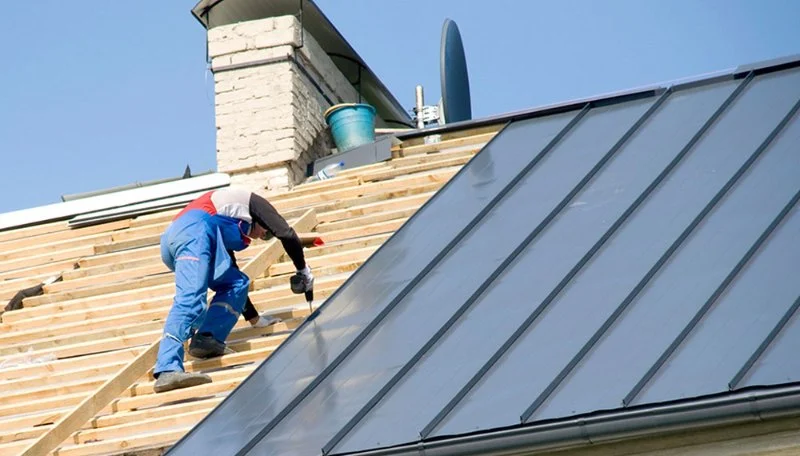
The Cost of Roofing Labor vs. Materials: Breaking Down the Invoice
- Understanding Roofing Costs
- Labor Costs in Roofing Projects
- Material Costs and Their Impact
- Hidden Expenses to Watch For
- Real-World Example: Cost Comparison
- Getting the Best Value from Roofing Contractors
- Why BeachCo Roofing Hub Is Your Go-To Resource
1. Understanding Roofing Costs
When you receive a roofing invoice, it can be difficult to understand where every dollar goes. Homeowners often wonder why two similar-looking roofs can have drastically different prices. The truth lies in the balance between labor costs and material expenses. Labor typically accounts for 50–70% of the total roofing cost, while materials make up the remaining portion. This ratio varies depending on factors such as roof size, complexity, location, and material selection.
Breaking down your invoice helps you identify whether you’re paying fair market value or being overcharged for specific services. Understanding the distinction between these costs empowers you to make smarter decisions when hiring a roofing contractor.
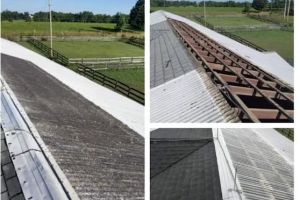
Arellano roofing and repairs LLC
WinchesterFrederick CountyVirginia
1209 Andrew Ave, Winchester, VA 22603, USA
2. Labor Costs in Roofing Projects
Labor is often the largest component of your roofing bill, reflecting the physical effort, skill, and safety measures involved. Roofing is demanding work—it requires expertise in installation techniques, weatherproofing, and structural safety. Professional roofers are also trained to handle complex roof pitches, remove old materials, and ensure proper ventilation.
Labor costs depend heavily on:
- Roof size and slope: Steeper roofs take longer to install and require additional safety equipment.
- Old roof removal: Tearing off existing shingles and disposing of them adds time and labor.
- Local labor rates: Regions with higher living costs tend to have more expensive labor charges.
- Weather conditions: Extreme heat or cold can slow down the process, increasing total hours worked.
On average, roofing labor costs range between $1.50 to $3.00 per square foot. However, complex installations like metal or tile roofs may push labor costs even higher due to their technical demands.

Revival Home Improvements
PennsburgMontgomery CountyPennsylvania
833 Main St, Pennsburg, PA 18073, USA
3. Material Costs and Their Impact
While labor dominates the invoice, material costs still play a critical role in determining overall project pricing. Roofing materials vary widely in cost, lifespan, and aesthetic appeal. Asphalt shingles remain the most common choice due to their affordability, while premium options like metal, clay, or slate command higher prices.
Here’s a rough breakdown of typical roofing material costs per square foot:
- Asphalt shingles: $1.00–$2.00
- Metal roofing: $5.00–$12.00
- Clay or concrete tiles: $10.00–$20.00
- Slate: $15.00–$25.00
It’s important to note that material costs can fluctuate due to supply chain disruptions, fuel prices, or natural disasters. Some homeowners opt for hybrid solutions—using premium materials only in high-visibility areas while relying on budget-friendly options elsewhere.
4. Hidden Expenses to Watch For
Beyond the clear-cut costs of labor and materials, several hidden fees can sneak into your roofing invoice. These may include:
- Permit fees: Depending on your city, roofing permits can add hundreds of dollars to your total.
- Waste disposal: Hauling away old shingles and debris often incurs additional charges.
- Roof deck repairs: If your existing roof deck shows signs of rot or structural damage, it must be replaced before installation.
- Warranty and insurance costs: Quality contractors include liability insurance and warranties in their pricing, which protect you from future expenses.
Homeowners should request an itemized estimate before agreeing to any work. Transparency is key to avoiding unpleasant surprises when the final bill arrives.
5. Real-World Example: Cost Comparison
Consider two homeowners in the same neighborhood: Sarah and Mike. Sarah chose asphalt shingles, while Mike opted for metal roofing. Both roofs cover roughly 2,000 square feet.
Sarah’s total invoice came to $8,000, with about $5,000 attributed to labor and $3,000 to materials. Mike’s, on the other hand, totaled $18,000—$8,000 for labor and $10,000 for high-end metal panels. Although Mike’s costs were higher, his investment will likely last twice as long, with less maintenance required.
This example illustrates the importance of balancing upfront cost with long-term value. Choosing materials wisely can save you money in repairs and replacements over the decades.
6. Getting the Best Value from Roofing Contractors
To ensure you’re getting fair pricing, it’s essential to compare estimates from multiple contractors. A detailed proposal should clearly separate labor, materials, and additional costs. Ask questions such as:
- Does the quote include tear-off and cleanup?
- Are warranties or maintenance services provided?
- What materials are being used, and are they energy-efficient or certified?
Additionally, homeowners can save money by scheduling roofing projects during the off-season, when contractors are less busy. Another tip is to source materials directly when possible, reducing markup costs applied by some contractors.
7. Why BeachCo Roofing Hub Is Your Go-To Resource
When it comes to finding trustworthy roofing professionals and comparing fair pricing, BeachCo Roofing Hub is your ultimate guide. The platform helps homeowners connect with licensed contractors, access expert advice, and learn about the latest roofing materials and technologies.
Whether you’re repairing storm damage or replacing an aging roof, BeachCo Roofing Hub provides transparent information and vetted service recommendations. It’s a one-stop resource designed to help you make confident, cost-effective decisions about your next roofing project.

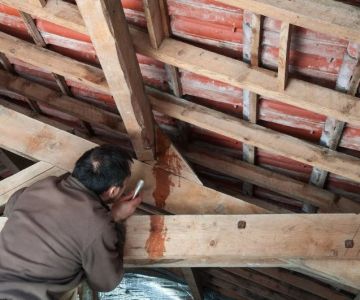

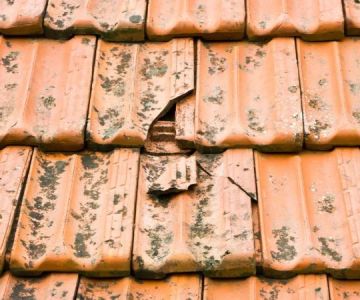

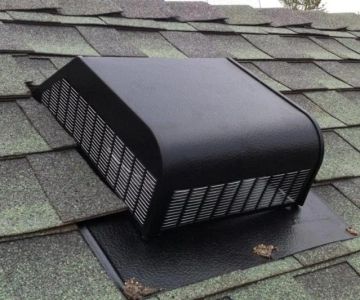

 L&S Roofers0.0 (0 reviews)
L&S Roofers0.0 (0 reviews) New Path Roofing5.0 (47 reviews)
New Path Roofing5.0 (47 reviews) Safeguard Roofing5.0 (551 reviews)
Safeguard Roofing5.0 (551 reviews) All Roofing Contractors5.0 (5 reviews)
All Roofing Contractors5.0 (5 reviews) NJ Roofing Specialists0.0 (0 reviews)
NJ Roofing Specialists0.0 (0 reviews) Martin & Sons Roof Repair4.0 (27 reviews)
Martin & Sons Roof Repair4.0 (27 reviews) What is a Roofing Square? How to Convert Measurements for Your Project
What is a Roofing Square? How to Convert Measurements for Your Project How to Install a Roof Cricket Behind a Rooftop Stairwell Enclosure
How to Install a Roof Cricket Behind a Rooftop Stairwell Enclosure The Average Cost of a Roof Warranty Transfer When Selling a Home
The Average Cost of a Roof Warranty Transfer When Selling a Home What is a Roofing Material Sustainability Certification? (e.g., LEED, Cool Roof)
What is a Roofing Material Sustainability Certification? (e.g., LEED, Cool Roof) Roof Snow Load Calculation: How to Know if Your Roof is at Risk
Roof Snow Load Calculation: How to Know if Your Roof is at Risk Common Roofing Scams and How to Avoid Them: High-Pressure Sales and Free Inspections
Common Roofing Scams and How to Avoid Them: High-Pressure Sales and Free Inspections